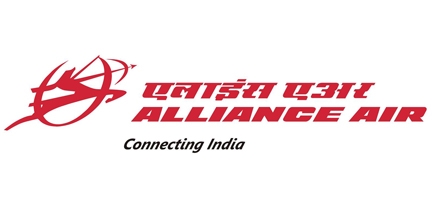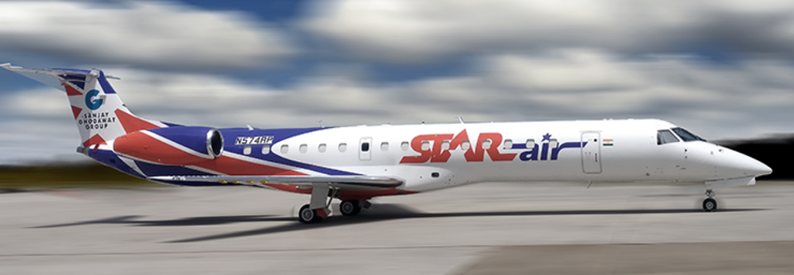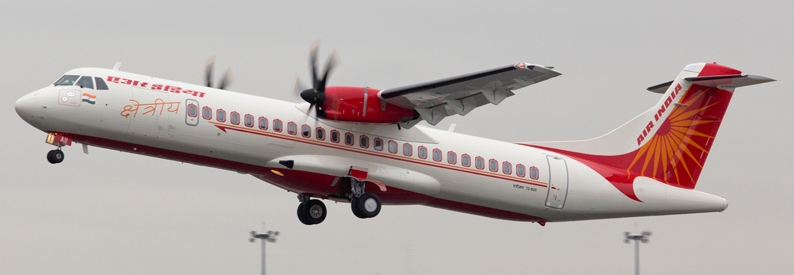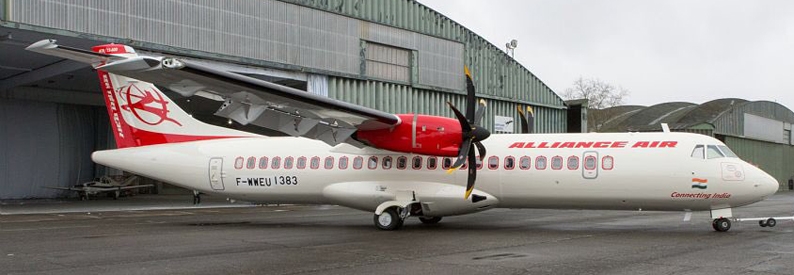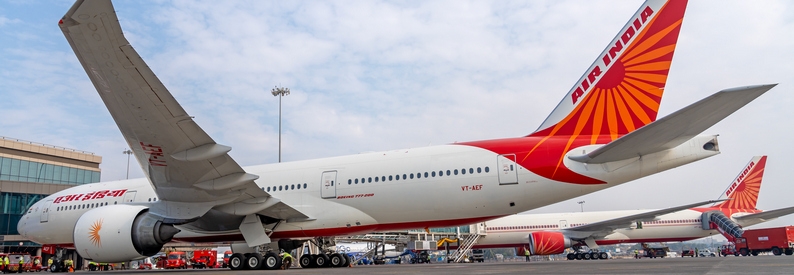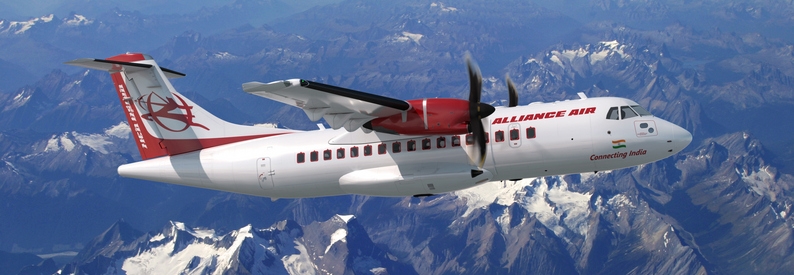Alliance Air (India) (9I, Delhi International) is focusing on cost reduction, replacing ex-pat pilots with locals, and has put its fleet expansion plans on hold to cope with the downturn in travel because of COVID-19.
This is the word from Chief Executive Officer CS Subbiah, who told Business Standard the airline was looking to maintain the lowest costs and earn as much cash as possible to survive the crisis.
He said the Air India (AI, Delhi International) subsidiary was currently operating 77 daily flights compared to 126 last year. This included both routes operated under UDAN (India's regional connectivity scheme) and non-UDAN routes.
He said demand for air travel, especially amongst secondary cities, remained poor. Aircraft utilisation, which had been around 10 hours daily in 2019, had reduced to 60%; while seat occupancy was lower than 60%. Consequently, the airline would be careful to add routes as yields remained low.
The carrier had discontinued in-flight catering and was renegotiating vendor contracts to save costs.
Other plans included training more Indian pilots for commanders' posts. "When I started as CEO, we had eight to 10 Indian commanders and today we have 40. We are looking to add another 20 Indian commanders in 12 months and slowly phase out the expatriate pilots," Subbiah said.
According to the ch-aviation Commercial Aviation Aircraft Data module, the airline at present has a leased fleet of eighteen ATR72-600s and one ATR42-300 after it phased out its CRJ fleet three years ago when Subbiah took over as CEO. At the time, he said, the carrier had a limited number of ATR - Avions de Transport Régional pilots and its daily fleet utilisation was 4.5 hours per aircraft. The ATR72-600s are leased from Avation, DAE Capital, and Elix Aviation Capital respectively; and the ATR42-300 from ABRIC Leasing.
Subbiah brought in a single type fleet and introduced new routes, resulting in an operating profit of INR650 million Indian rupee (USD8.7 million) in FY2020. This was its first operating profit since its inception in 1996 and came on the back of lower expenses, increased aircraft utilisation, and better yields. On a net level, however, it reported a loss of INR2 billion (USD26.8 million) due to a change in accounting standards that required it to capitalise lease costs.
- Type
- Base
- Aircraft
- Destinations
- Routes
- Daily Flights
